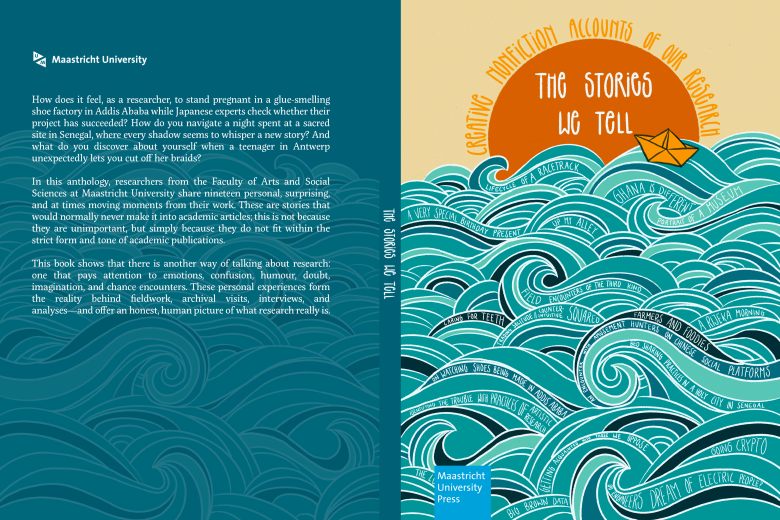Technology as a weapon against antibiotic resistance
The coronavirus pandemic has claimed more than a million lives. Though this is certainly dramatic, the rise of the silent killer antibiotic resistance (AMR) is even more threatening and will claim many more victims. The expectation is that this figure will ultimately climb to more than ten million a year worldwide. Researcher Chris Arts of Maastricht UMC+ is leading a major international study into alternatives to antibiotics, technological solutions and increased awareness of AMR. “We are heading for disaster if we do not recognise and address this problem.”
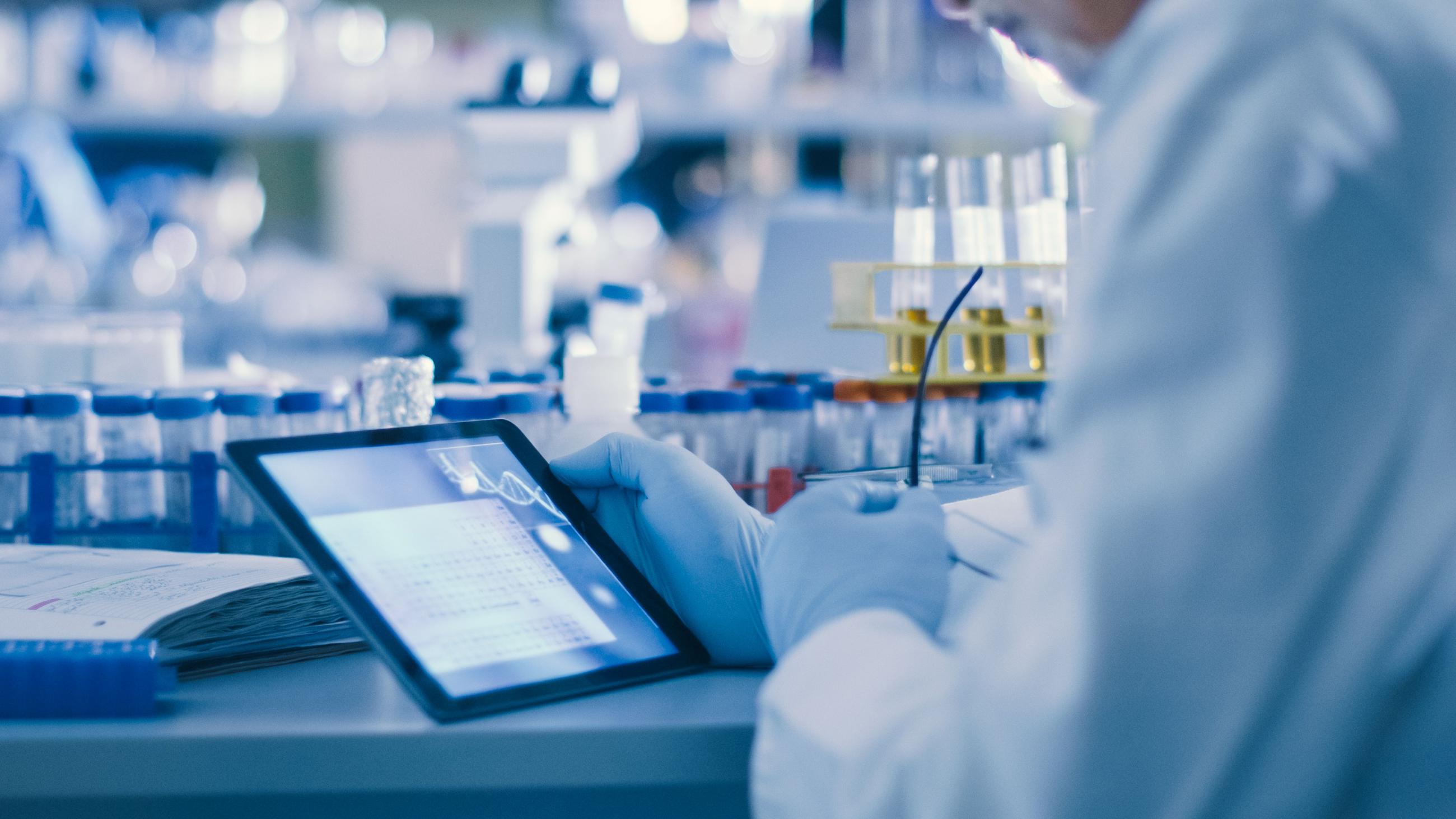
Chris Arts does understand that the last thing we all need is a new nightmare scenario. After all, the world already has its hands full with COVID-19. “Absolutely true,” he says, “but we’ll beat the virus, sooner or later. Resistance to antibiotics is even more serious, however. Bacteria are even more stubborn than viruses, they don’t weaken in strength and they also mutate. The only way to fight many serious infections is with antibiotics. If these drugs stop working, patients have to rely on their own immune systems. This often doesn’t end well, leaving patients with serious permanent damage or even causing their death. For years, we have been seeing more and more bacteria becoming resistant to antibiotics and we have been warning about the risk of an epidemic for a long time. I hate to have to say it, but this will happen.”
Cautious
The orthopedist/researcher, who graduated as a kinesiology scientist in Maastricht and obtained his doctorate in Nijmegen, shows a map depicting the resistance to antibiotics for the life-threatening MRSA bacteria, among others. Several regions in Southern Europe and America in particular are turning an alarming shade of red. “This means that half the people who get infected can’t be treated successfully with antibiotics. The figures are a lot more encouraging in the Netherlands and Scandinavia. Firstly, because these countries are much more cautious about the use of antibiotics and we are relatively strict when it comes to adding antibiotics to animal feed. The cause of resistance is actually very simple: because we use too many antibiotics, they can no longer kill the bacteria. In France, Spain and Portugal it’s easy to buy antibiotics. Six courses a year for a cold, diarrhea or other ailment; this is not an exception in these countries. People often don’t finish these courses of antibiotics and the wrong types are used. Put all of these factors together and you get an explosive increase in resistance, also because there are hardly any new antibiotic variants being developed anymore. And don’t assume we’re safe here in the Netherlands; resistant bacteria are coming across our borders through tourism or business travel.”
Infection
The consequences are becoming more dire by the day. “Take hospital patients who develop an infection after surgery; I see them in my own practice. And their numbers are only rising. This isn’t immediately life-threatening, but it can be when antibiotics stop working. When this happens, a standard hip surgery, knee replacement or a thoracic procedure can prove fatal. At a minimum, it can lead to longer periods of care or admission to intensive care units and subsequent extended periods of rehabilitation. In Europe, 400,000 people are already ending up in intensive care because antibiotics aren’t working. Given the current growth rates, this number is likely to rapidly increase tenfold. Extrapolate this to the Netherlands, and there will be more pressure on IC units and hospital care than we’re now seeing from COVID-19. Now try to calculate how much this will cost. It’s in the billions.”
DARTBAC
In spite of these shocking figures, awareness of the problem is still not very widespread. The use of antibiotics is only increasing. The Netherlands is an exception in this regard. Last year, the NWO awarded a subsidy of 9.8 million Euros to the Dutch Antimicrobial Resistance Technology development and Biofilm Assessment Consortium, or DARTBAC for short. The objective of this international alliance of more than 25 scientific institutes and entrepreneurs is to provide solutions. This is a consortium that includes Maastricht UMC+ as the secretary, and Chris Arts as a project leader. “It’s no coincidence that we’re in the lead,” says the Brabant native, who co-directs a lab in Maastricht with 35 other orthopedic researchers and also conducts technical research at TU Eindhoven one day a week. “Here in South Limburg, we have a great ecosystem thanks to the Brightlands campuses. We have the best imaging facilities here, along with top researchers and institutes specializing in materials research. There are also crossovers with organizations in Germany and Belgium. We are able to conceive, develop and apply technological solutions here.”
Materials
Technological solutions for resistance. So the goal isn’t new antibiotics? “At DARTBAC, we’re looking at combinations using antibiotics and other substances such as metals, and we’re also trying to create broad awareness. The focus here in Maastricht and the local area is on the development of materials that repel or destroy bacteria. Examples include hip and knee implants, plates used for fractures, but also materials for IVs, catheters, pacemakers, stents, and so on. There’s always a chance of infection with any surgery, but we hope to minimize that risk and prevent the need for antibiotics. Prevention is always better than cure. We are developing coatings with antibiotics that attack the bacteria very locally; we are looking for materials that bacteria cannot affect, with a specific focus on biological materials. The developments at the campuses and MUMC+ are promising. For example, they’re working on a coating with minuscule dots which make it impossible for bacteria to adhere to and thus adversely affect bone or tissue. We use the M4I scanners, the best in Europe, to test whether or not this works.”
Slowing down
Over the next six years, the duration of the DARTBAC project, Chris Arts wants to clinically validate three groundbreaking technological solutions. At least ten more researchers will be hired in Maastricht to accelerate the research. “This definitely does not mean the danger has been averted. Technology is only part of the solution. We’ll be very happy if we can just slow resistance down.” Awareness can further accelerate the acceptance of technology both in the near and distant future.
Source: Brightlands nieuwsletter
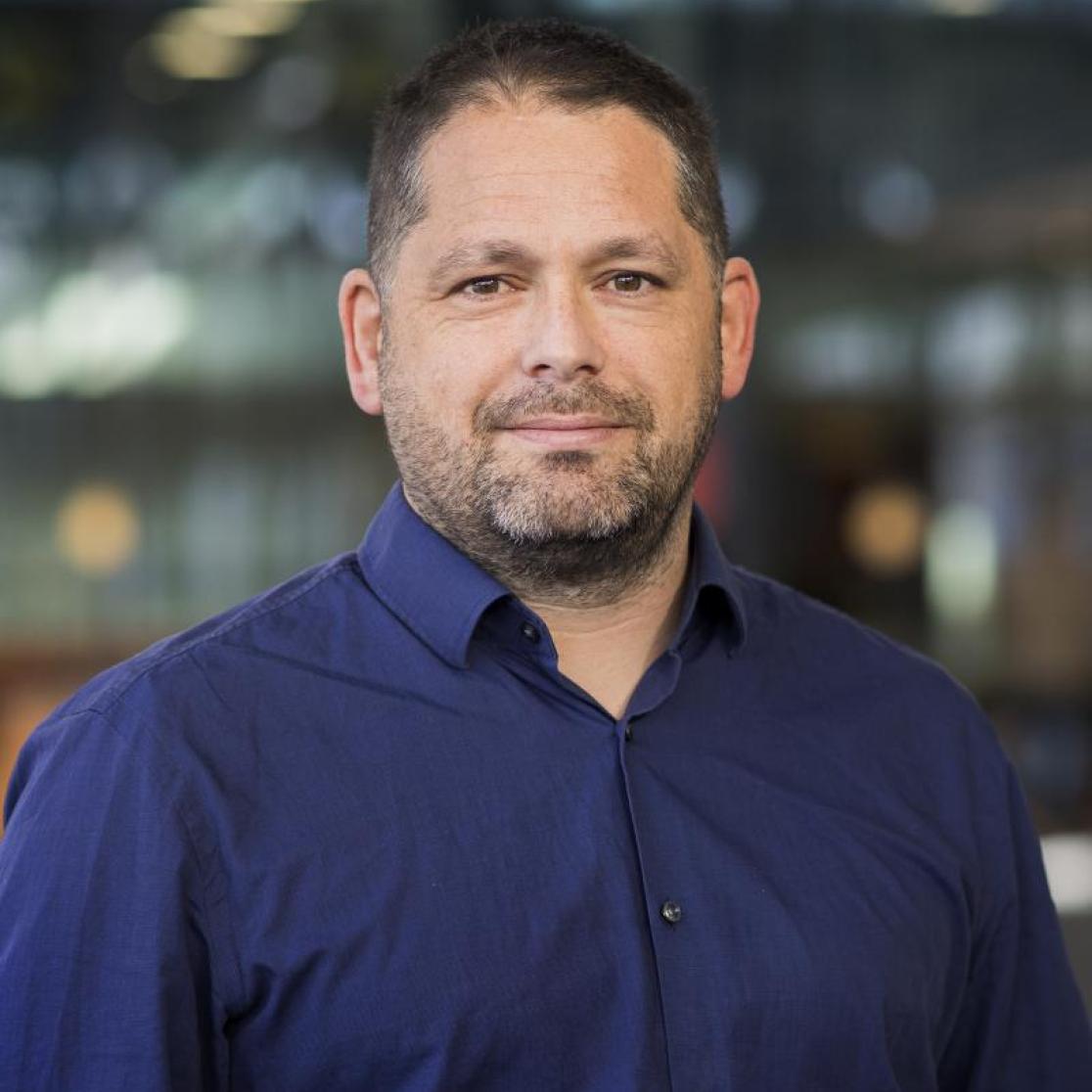
Also read
-
Christian Ernsten awarded funding for project on recurating colonial-era collections
UnRest focuses on the historically significant yet deeply contested archives and artworks associated with Robert Jacob Gordon (1743–1795) – a Dutch military officer and explorer whose documentation of the Cape region shaped European knowledge of South Africa during the 18th century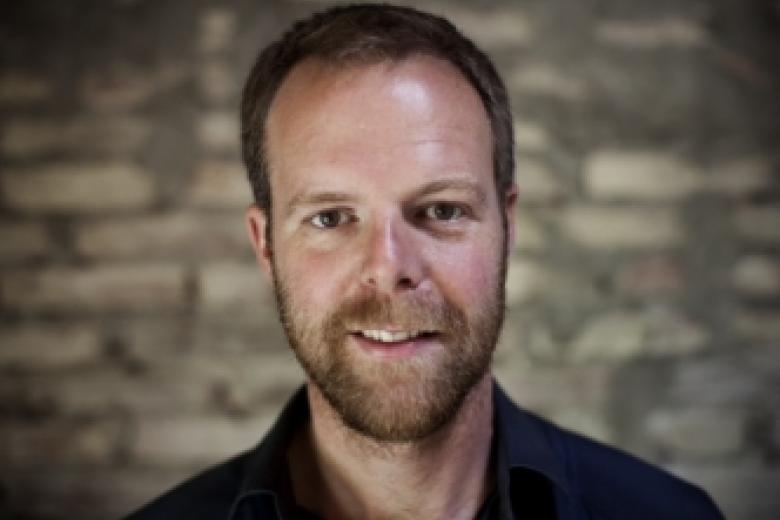
-
Massimiliano Simons awarded funding for innovative art–science project on hybrid plants
"Entangled Genes: Sharpening the Public Debate on Hybrid Plants” is a new artistic research project that aims to deepen societal reflection on genetically modified plants.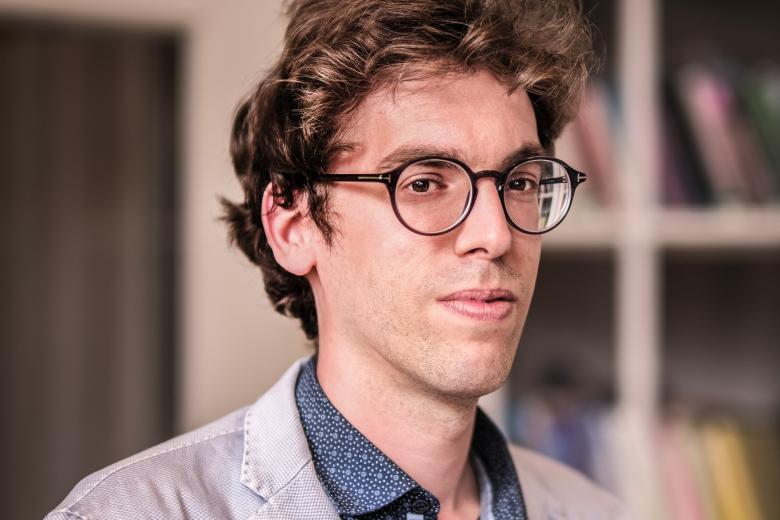
-
New book reveals the stories behind research: The Stories We Tell: Creative Nonfiction Accounts of Our Research
This book shows that there is another way of doing research: one that pays attention to emotions, confusion, humour, doubt, imagination, and chance encounters.